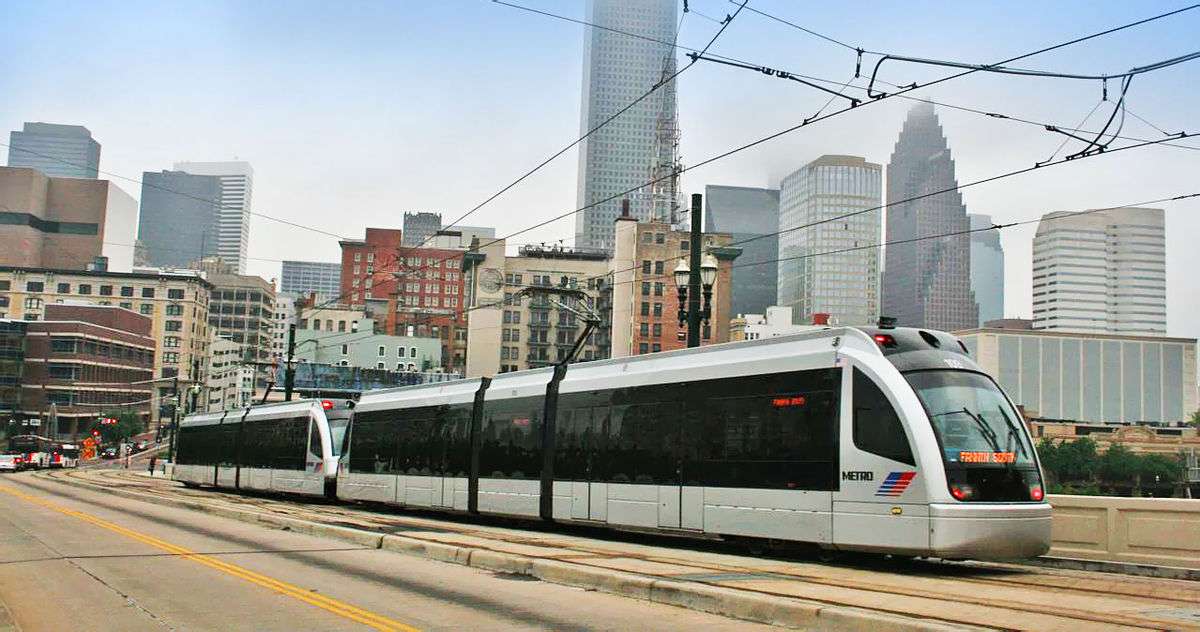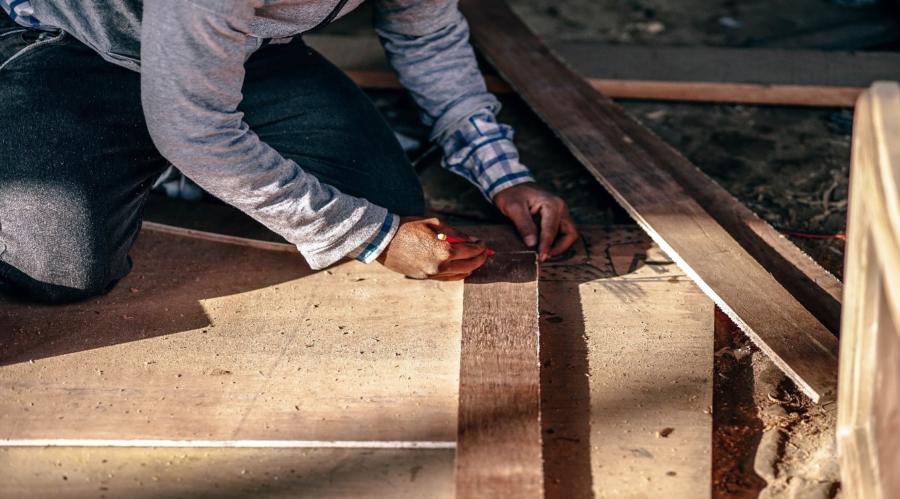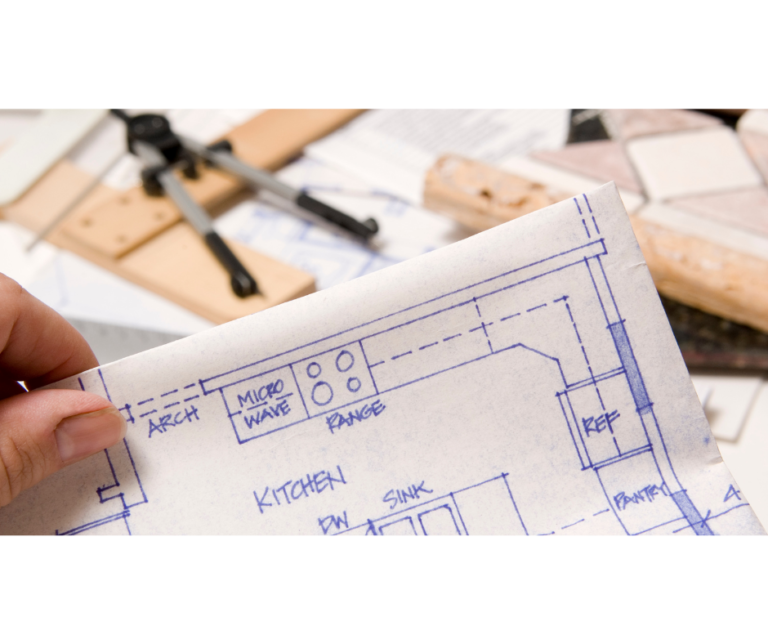
A solution to the ongoing problem of illegal parking at the top of Metro’s Red Line light rail is finally in sight. Construction on a new parking garage and transit center is expected to begin early next year, with transit officials adopting a new approach to selecting a builder in order to speed up the process and minimize risk.
During a recent meeting of the Metropolitan Transit Authority board’s capital subcommittee, board members gave their approval for staff to solicit bids on the construction of a 497-space parking garage and transit center. This facility will be located on the east side of Fulton, where the Red Line terminates at Northline Commons, near the Houston Community College (HCC) campus.
Estimated to cost more than $50 million, the project will significantly increase the amount of parking available for transit riders, replace the congested bus bays at the Northline Transit Center, and potentially include a Metro Police substation, ride store, and commercial space.
Transit officials have stated that the project has the potential to meet both current and future demands for rail and bus travel in various areas within Loop 610, which is located just outside the project’s vicinity. Additionally, it is expected to become a popular destination for the neighboring communities, which are currently experiencing their own transformations.
“We believe by building this facility … it does have the overall effect of inducing more demand around us,” said Clint Harbert, Metro’s vice president for system and capital planning.
The plans for a garage at Northline and a new transit center have been in existence for approximately ten years, serving as the anticipated second phase of the Red Line’s opening in December 2013.
Metro currently leases less than 200 spaces from HCC for park and ride purposes at the bus and rail hub, leading numerous travelers to illegally park outside of the designated spaces. Metro has already obtained the property on the east side of Fulton between Julia and Rebecca streets.
Although the parking demand has somewhat decreased due to changes in travel following the COVID-19 pandemic, the garage is still deemed necessary with future plans to extend the Red Line northward. “It is a conveniently located spot with excellent freeway access,” stated Harbert.
However, Metro is facing challenges in selecting a builder for the garage. Traditionally, Metro utilizes a request for proposals process, where various potential bidders propose changes to the project, and Metro eventually settles on a design and builder based on factors including price.
With the competitive sealed proposal method that Metro plans to implement, transit officials and project designers will precisely outline their requirements, only accepting proposals that adhere strictly to those specifications.
Proposals will be heavily weighted based on total cost. “This approach provides a more accurate cost assessment,” explained Shri Reddy, Metro’s executive vice president for planning, engineering, and construction.
While state law permits public agencies to choose between the two methods within certain limits, competitive bidding is the more commonly employed approach. This will be Metro’s first venture into sealed bids for a major project.
The final price will be determined once bids are accepted. Metro intends to announce its acceptance of bids next month, open them in January, and have the selected builder commence work in March. Although supportive of the new bidding method, some officials expressed skepticism. “I want to ensure that we proceed with full awareness,” cautioned board member Roberto Trevino, who previously oversaw capital projects for Metro before assuming leadership of the Harris County Toll Road Authority.
Board members urged the transit agency staff to ensure that the project’s design includes all the necessary elements for seamless integration into the community, accommodating both car, bike, and pedestrian traffic. In addition, they highlighted the importance of incorporating elements from the agency’s recently approved urban design guides. “I don’t want us to bid on a fixed contract, only to discover that we need to secure an additional $1 million or more to incorporate the elements we desire,” emphasized board member Diann Lewter.







